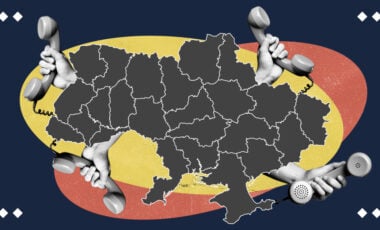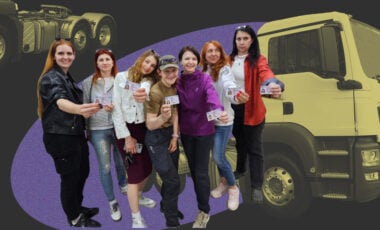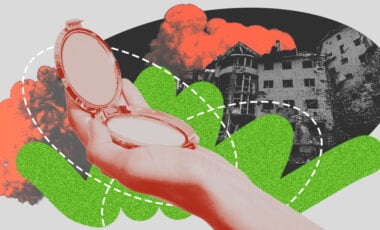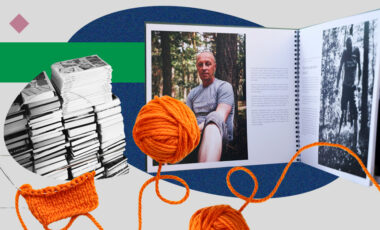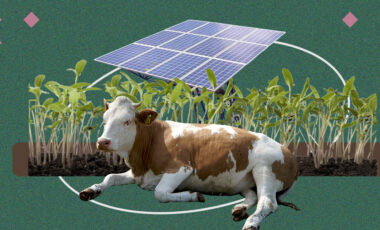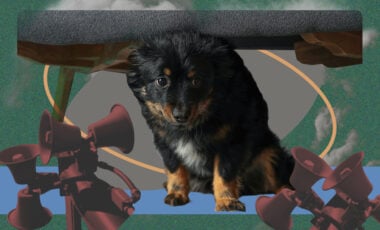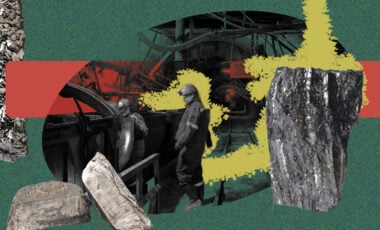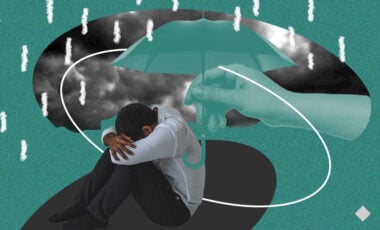Solutions from Ukraine: A Lion Doesn't Laugh in the Circus book educates children on harms of captivity through animal 'interviews'
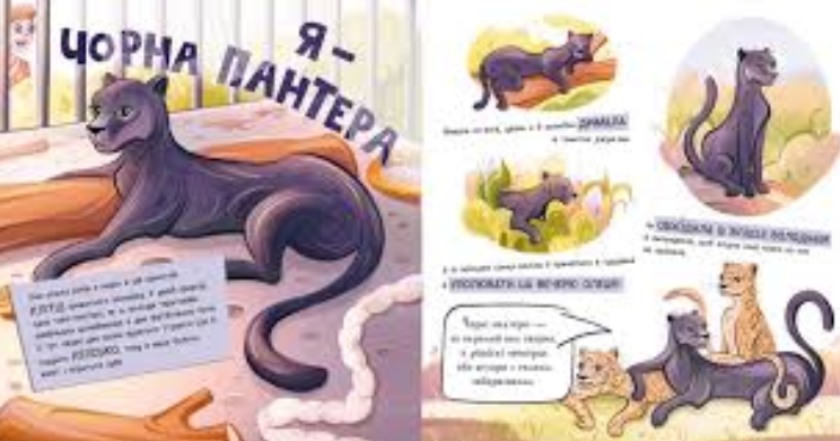
The book "A Lion Doesn't Laugh in the Circus" educates children about the harms of captivity through a series of animal interviews. It serves as a tool for parents to explain why keeping animals in captivity is wrong. The book features 12 interviews in which animals describe the harsh conditions of their confinement and their dreams of returning to the wild.
Rubryka reports this information, citing the publishing house "Ranok" as the source.
What is the problem?
Many children and adults are unaware of why animals do not belong in circuses, zoos, or other entertainment venues. They either do not know or choose to ignore the harsh conditions animals endure in these settings. Meanwhile, parents who understand the issue often struggle to explain to their children why they should avoid visiting animal circuses or dolphinariums.
What is the solution?
The book "A Lion Doesn't Laugh in the Circus (Stories of Captive-Tailed Animals)" is set to be published in Ukraine. It features a collection of "interviews with animals" living in captivity, including a black panther in a small cage at a private zoo, a dolphin in a dolphinarium, and a lion in a circus, among others. Additionally, it offers advice from the UAnimals organization on effectively discussing animal protection with children.
"A Lion Doesn't Laugh in the Circus …" is 12 touching stories of animals that would love to live in their beautiful homes somewhere in the forests, seas, savannas, and jungles… But these are all just dreams because instead, our heroes are forced to perform tricks in circus arenas, crowd into zoo cages, and pose for photos. The book is presented in the format of interviews with 12 animals who finally dared to speak out and tell what they really want," the Ranok Publishing House website reads.
Rubryka interviewed the book's author, Anna Bulhakova, to gather further insights and details about the book.
How does it work?
The idea of creating such a book appeared back in 2021. At that time, the adoption of Bill 2351, which improved the legal framework for the treatment of animals, was actively discussed.
"The material for this book has been developing in my mind since childhood. One of my earliest memories is from first grade when a monkey, a boa constrictor, and a crocodile were brought to our school for a photo shoot. The image of the crocodile with its mouth taped shut left a lasting impression on me, and I felt a deep sympathy for it. This crocodile later became one of the characters in the book. At least three characters in the book have very real inspirations for me: a crocodile, a black panther, and a piglet," Anna Bulhakova says.
The book is written for children aged 5-8 and should help conscious parents explain to their children why, for example, they should not visit a dolphinarium. The author chose the "animal interview" format because, thanks to it, "you can concisely present a lot of useful information, and most importantly, give animals a voice and the right to speak for themselves."
"I recommend this book for preschoolers and younger students. It's not designed for independent reading; rather, I strongly encourage reading it together with mindful adults. I wish to convey the primary message that genuine love for someone, such as an animal, involves more than just being near, admiring, touching, and interacting with them. It also means caring for them. Love for animals can be expressed in other, more humane ways," the author explains.
During the writing process, Anna contacted the UAnimals organization, which provided a professional review and prepared a section with expert advice on the humane treatment of animals for inclusion at the end of the book. The UAnimals team also offered recommendations on how to portray animals more effectively within the book.
"We received a comment that it is important not to show animals in situations and images that are not typical for them in nature. For example, when we depicted a raccoon in its natural environment, the illustrator first drew it in an apron. But since this is clearly not a natural image of an animal, we redrawn it and continued to carefully monitor the naturalness and truthfulness of the depicted animals, their poses, and the surrounding environment," Anna Bulhakova says.
For reference:
On January 25, African lions Hercules, Viliia, Dariia, and Khrystyna celebrated their 16th birthday. This is a notably respectable age for these animals, as they seldom live beyond 14 years in the wild.

Solutions from Ukraine: UAnimals hosts charity raffle for ex-foreign minister's statuette benefiting animal rescue

UAnimals organizes international performance to raise awareness of Russia's ecocide in Ukraine

Ukraine's education ministry and UAnimals partner up to teach children love and respect for animals













